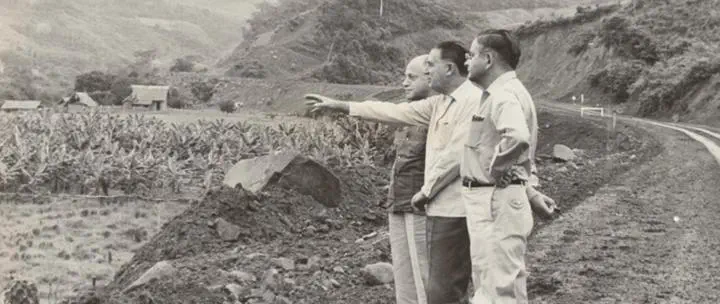Los fantasmas del desarrollo pasado. Deforestación y coca en la Amazonía occidental

Abstract
For decades coca cultivation has been proposed as a cause of deforestation and attractor of migration to the forest frontier of western Amazonia. Evaluating the effects of coca cultivation has become a priority because averting deforestation has become a priority to reduce carbon emissions in the Amazon. Here I use models of tropical deforestation, one based on immiserization and the other on frontier development, to evaluate the role of coca cultivation in land use change. While both models are consistent with deforestation by campesino smallholders, only the frontier model predicts infrastructure investment increases forest loss. Contrary to the assumption of previous studies relating deforestation to coca, deforestation rates tend to be lower in areas with coca cultivation in Colombia and Peru, with the reverse tendency in Bolivia. Probabilistic models of deforestation controlling for a series of confounding variables confirmed no tendency of coca cultivation to increase or decrease deforestation rates in Colombia. Additionally, analyses examining the relationship between coca cultivation and migration to the Colombian frontier failed to find a consistent relationship, implying illicit crops are not the cause of migration. Instead, deforestation traces back to mid twentieth-century state-sponsored roads and colonization projects that promoted mass migration to the frontier. In time, as investment and other support dwindled, campesinos turned to coca as a competitive cash crop.